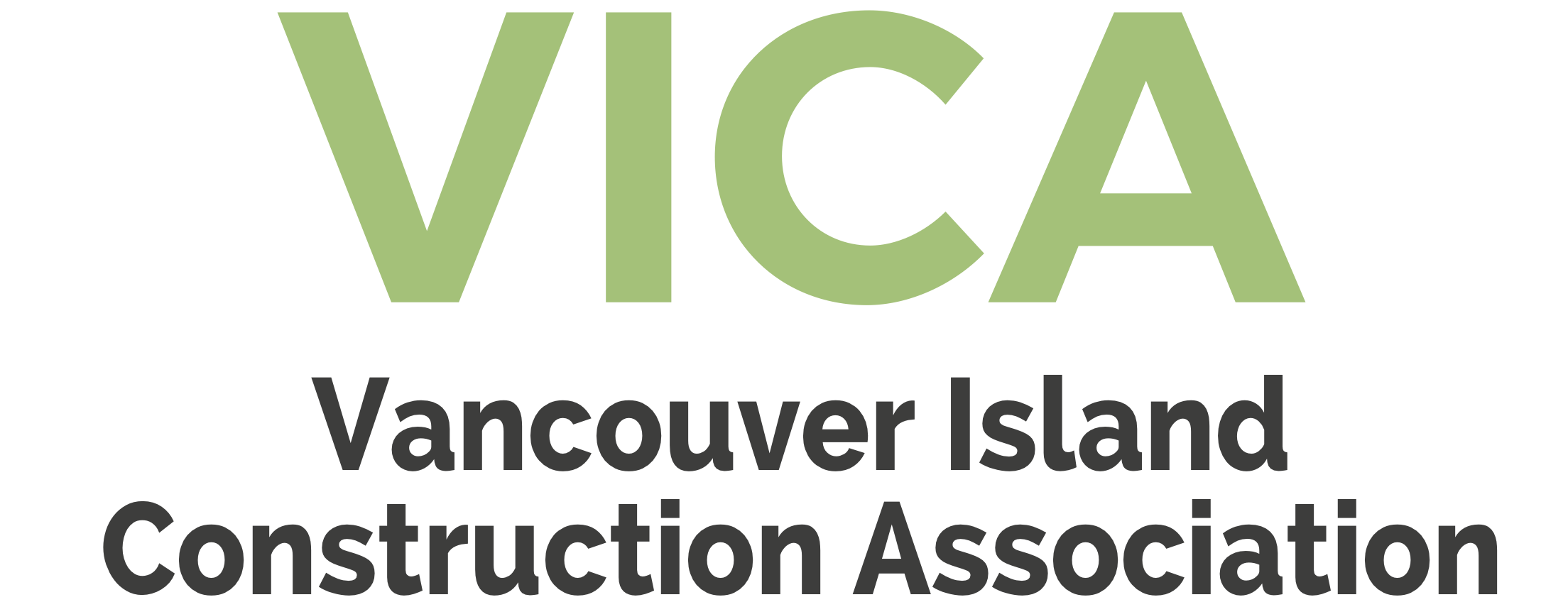The Federal Budget – What Construction Needs to Know
The 2018 Federal budget does not include new commitments to infrastructure spending, beyond the $180 billion announced in Budget 2016 and 2017 (to be spent over a twelve year period). With the 2018 budget, we see a reprofiling downward on annual infrastructure spending for the next two fiscal years, which indicates the federal government has not been able to meet its original annual targets. However, the total cumulative spend to 2028 remains the same.
The budget also mentions that government is working on bilateral infrastructure funding agreements with the provinces. It seems to indicate that new procedures and accountabilities will be introduced to alleviate some of the challenges around the flow of federal funds to other levels of government on infrastructure projects.
The main elements of the new budget are:
Main Goals
1. Increase participation of women in the workforce
2. Major investments in science, environment, and Indigenous reconciliation
Details Equality and Growth
- Introduction of “New Canada Workers Benefit”: increases maximum tax benefits and income levels that qualify
- Increasing the Canada Child Benefit for single mothers
- Introduction of a new pay equity regime in the federally regulated sector to promote gender pay equity
- New EI parental sharing benefit with additional 5 weeks of benefit when both parents share parental leave
- Doubling work placements for youth through Canada Summer Jobs program 2019-20
- New Apprenticeship Incentive Grant for Women – a five year pilot project providing up to $6000 over two years to women entering male-dominated Red Seal trades
- Employment Insurance Extension of “Working While on Claim” to maternity and sickness benefits
- Improved EI support for workers in seasonal industries
- Small business tax rate reduced to 9% by January 2019
Progress
- New electronic procurement platform to help Canadian small and medium companies access government opportunities
- Empower women entrepreneurs through access to mentorship, capital and networking, with a goal of increasing women-owned SMEs in federal procurement so they constitute at least 15% of SMEs supplying the Federal Government
- Increased support for collaborate projects between colleges and businesses in their communities to solve business challenges
- Funding to support a Digital Research Infrastructure Strategy to deliver more access to advance computing and big data resources
Advancement
- Major investment in nature conservation to conserve 17% of land and inland waters
- Funding to support federal carbon pollution pricing system Canada-wide
- New funding to provinces for opioid treatment services
- Funding to support communities in education the public on risks of cannabis use
Reconciliation
- Construction of new water systems and renovation of existing ones
- First-nations, Inuit and Metis led housing strategies to ensure safe, adequate, and affordable housing
- New Indigenous Skills and Employment Training Program to support Indigenous peoples to develop skills and pursue training
—
CONTACT
Lindsay Groves
Lindsay.Groves@bccassn.com










